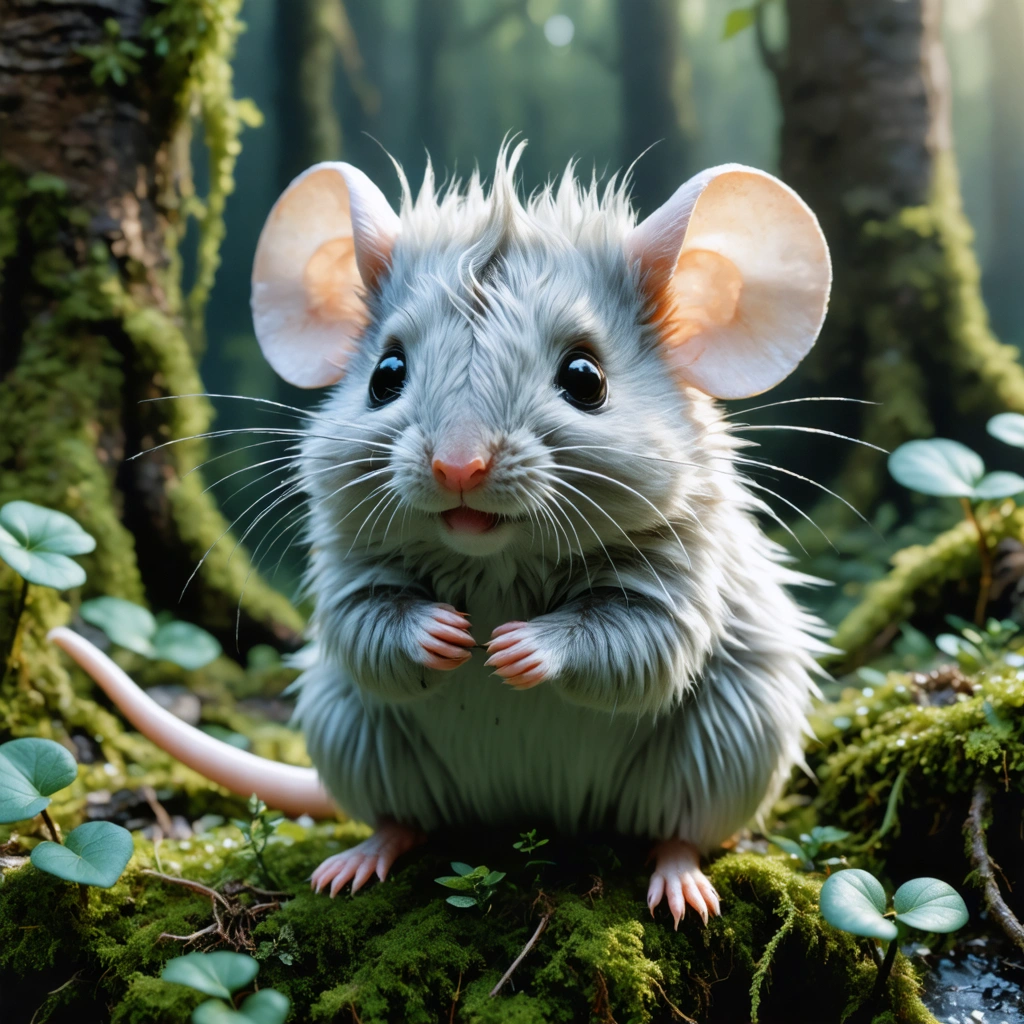
Introduction
The realm of science and technology is ceaselessly pushing the boundaries of what’s possible. In a groundbreaking scientific endeavor, Colossal Biosciences, a de-extinction company, has taken a significant leap by creating a ‘Woolly Mouse’, a mouse with mammoth-like fur. This remarkable feat is part of their broader objective of resurrecting the woolly mammoth, a species that has remained extinct for millennia.
The Birth of the ‘Woolly Mouse’
The ‘Woolly Mouse’ is a regular mouse genetically engineered to express a woolly mammoth gene. The gene, identified as Mammoth Gene 33, is responsible for the growth of long, shaggy fur, a characteristic trait of the woolly mammoth.
Process of Creation
Creating the ‘Woolly Mouse’ involved complex genetic engineering processes. The mammoth gene was first synthetically created in a laboratory. This gene was then inserted into the mouse embryos using a technique called CRISPR-Cas9 gene-editing. The embryos were allowed to develop and give birth to mice expressing the mammoth trait.
Towards Bringing Back the Woolly Mammoth
The creation of the ‘Woolly Mouse’ is not just a scientific curiosity; it serves a much greater purpose. It is a critical step in Colossal Biosciences’ ambitious project of de-extincting the woolly mammoth.
Next Steps
Following the success of the ‘Woolly Mouse’, the company plans to further its research by inserting more mammoth genes into mice. The objective is to observe the expression of these genes and learn how they interact with each other and the environment. This knowledge will be crucial for the eventual creation of a mammoth-elephant hybrid, the first step towards the mammoth’s de-extinction.
Implications and Ethical Considerations
While the prospect of bringing back extinct species is fascinating, it raises several ethical and ecological questions. For instance, the impact of reintroducing these species into the wild, the potential for abuse of de-extinction technologies, and the welfare of the animals involved in these experiments.
Cautious Optimism
Despite these concerns, there is cautious optimism in the scientific community. The work of Colossal Biosciences represents an exciting application of genetic engineering and could potentially provide invaluable insights into evolution, genetics, and conservation. However, the path to de-extinction is fraught with challenges, and it is essential to tread carefully, considering both the scientific and ethical implications of such endeavors.




